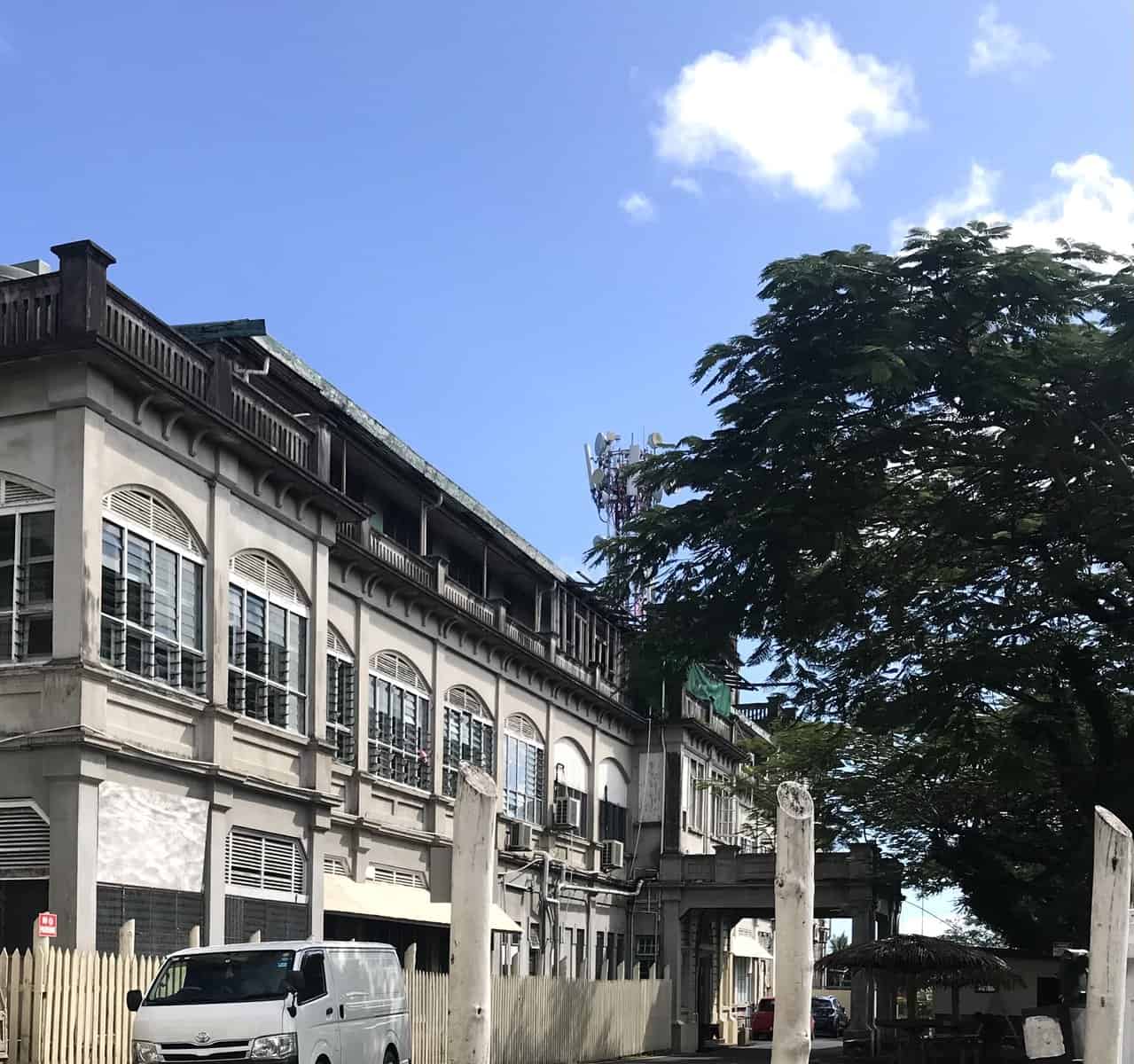Pacific health ministers respond to health crises
COVID-19 is a big opportunity for Pacific countries to transform their health systems, the region’s health ministers have heard.
COVID-19, non communicable diseases and climate change were the focus of the recent Pacific Health Ministers Meeting.
Global health crises meant it was the perfect moment to make a real difference for the whole Pacific, the meeting’s chair, Tuvalu’s Health Minister Isaia Taape told his counterparts.
“Many of our countries have small health teams, so if there . . .
Please Subscribe to view full content...
